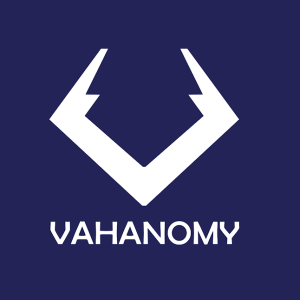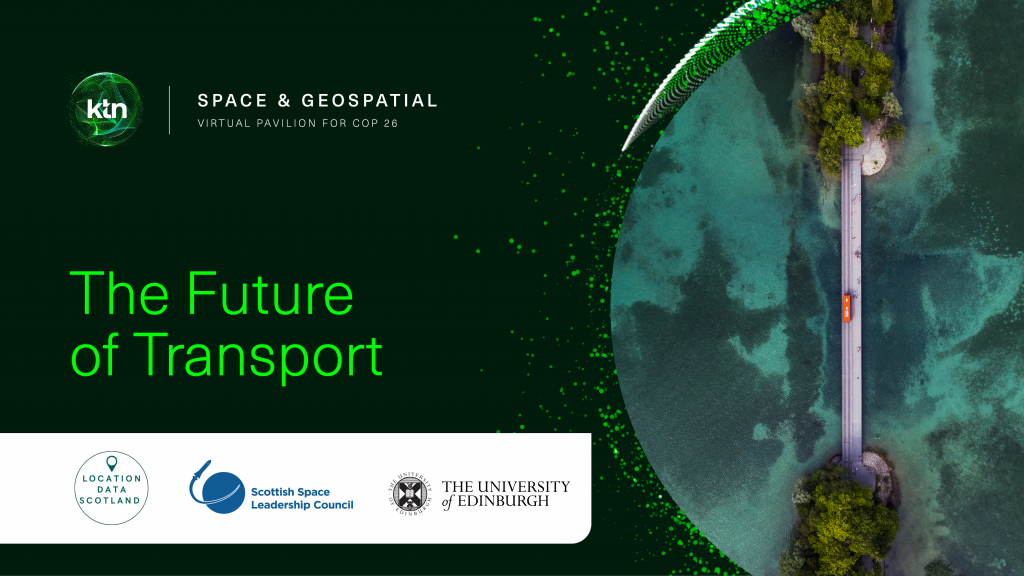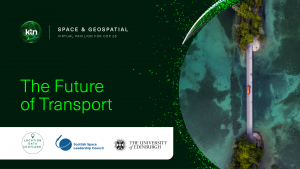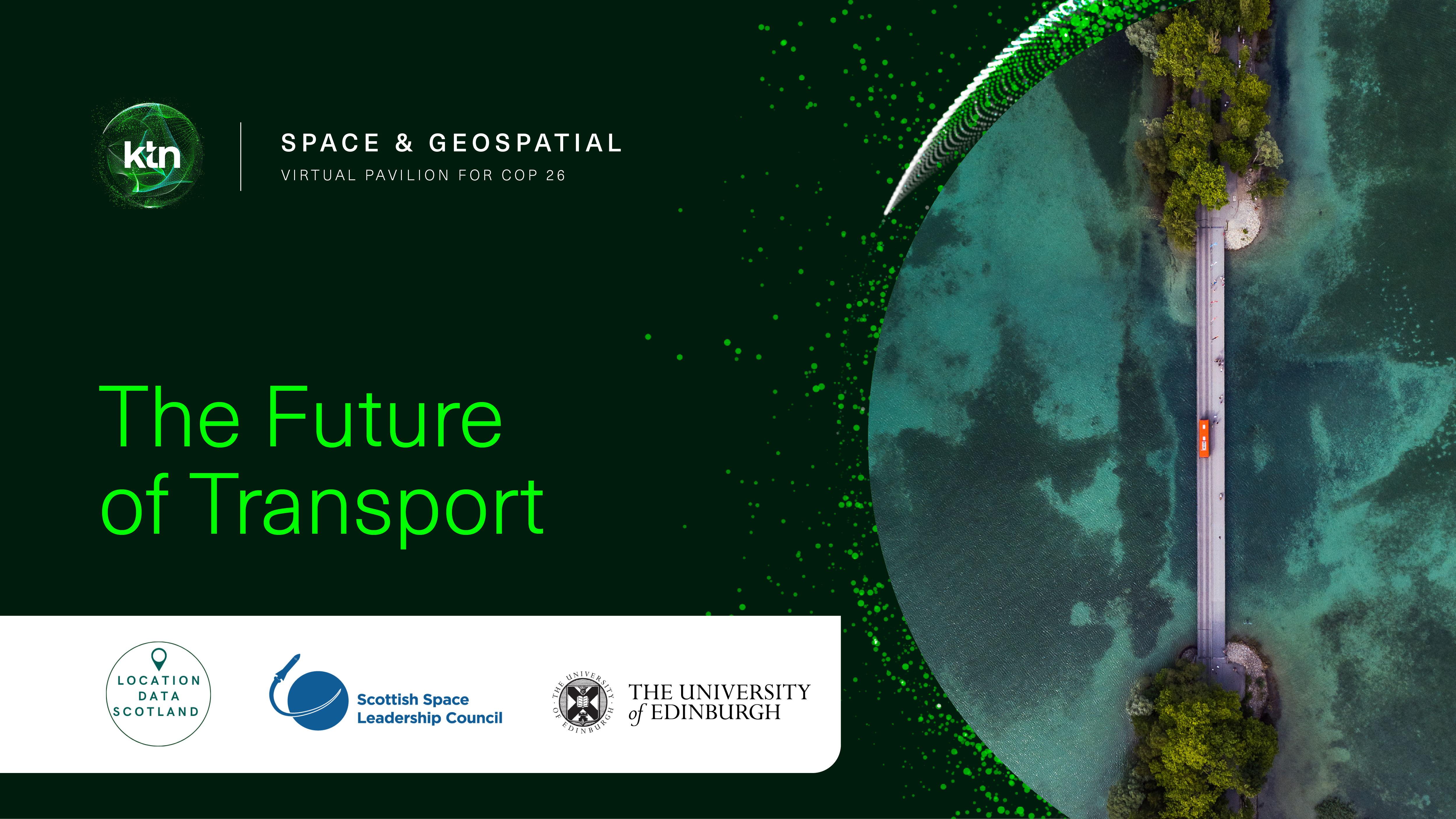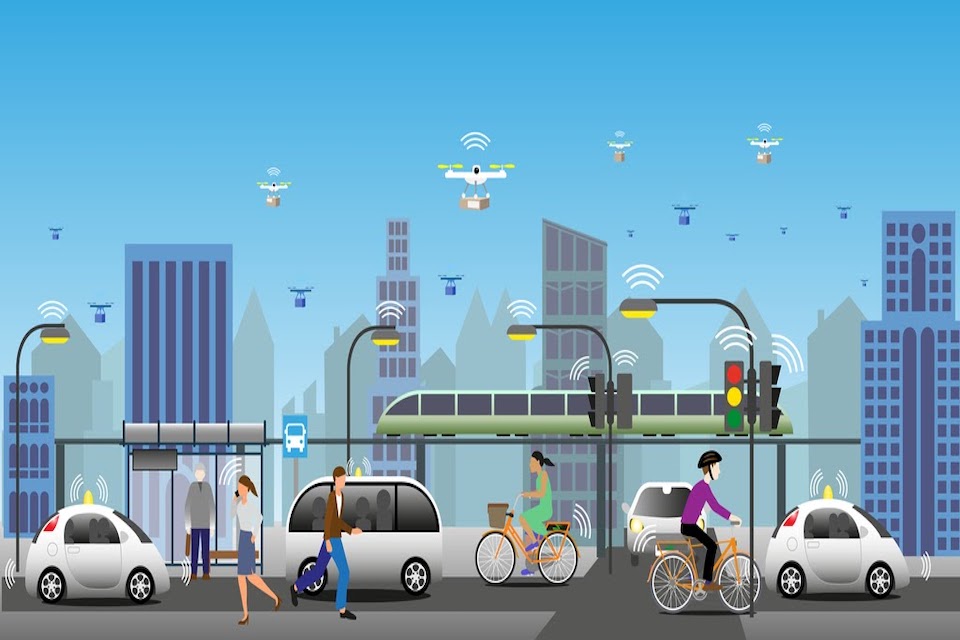LDS opening the right doors for B2B solutions provider Vahanomy
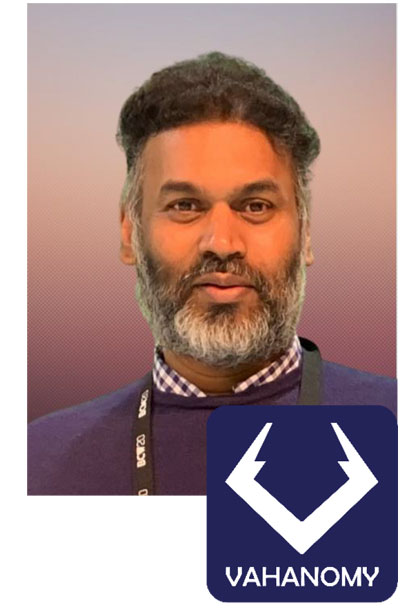 Tech entrepreneur Arun Gopinath has a vision of the future with a fully joined up inclusive ecosystem for autonomous vehicles and services and is positioning his company Vahanomy at the heart of that ecosystem.
Tech entrepreneur Arun Gopinath has a vision of the future with a fully joined up inclusive ecosystem for autonomous vehicles and services and is positioning his company Vahanomy at the heart of that ecosystem.
The global EV charging public infrastructure market is forecast to be US$60 billion by 2030, with location analysis and site selection estimated at 8% of the cost (US$4.8 billion). Early this year the UK government announced that they were allocating £450m to create 300,000 public charging stations, a huge opportunity for Vahanomy. Arun comments:
“We don’t know exactly what the autonomous vehicle landscape will look like in the future but what we do know is that it will be powered by electric vehicles in the foreseeable future. There is currently a huge opportunity in Scotland and the rest of the UK to lay the foundations for our future vision and we see a massive opportunity to introduce our services to the rest of the world.”
Vahanomy is an Edinburgh based start-up developing innovative artificial intelligence data drivenB2B solutions to enable the accelerated rollout of electric vehicles (EV) charging infrastructure globally.
The company’s first two products include an AI-powered location data intelligence tool that will assess and analyse proposed EV charging locations and the portal; a B2B and B2C marketplace listing potential charging sites and services and facilitate the trading of EV charging sites and trading capacity and provide analytics of demand and supply of services in the EV charging ecosystem.
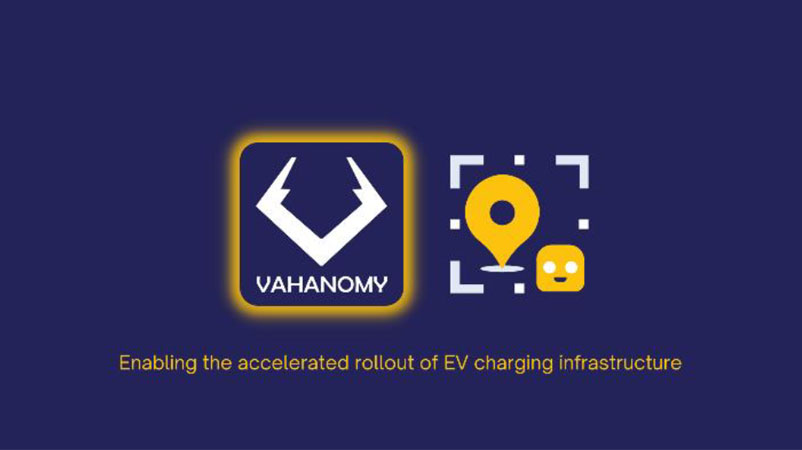
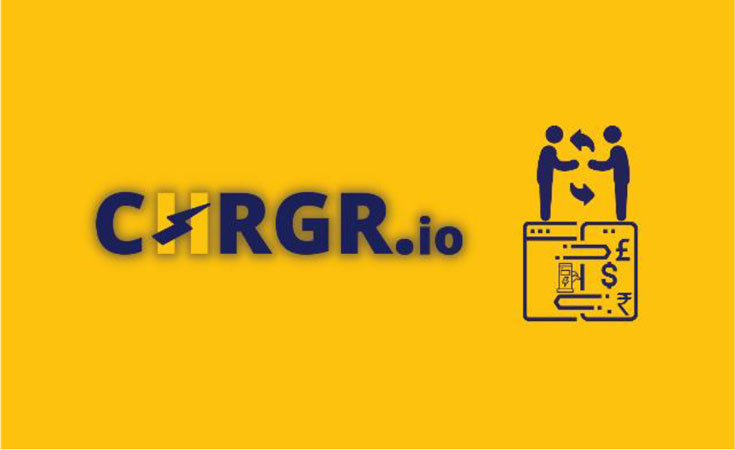
As a business, Vahanomy has a strong ethical stance that they will create solutions for everyone that will reduce our carbon footprint and make transport much more mobile and accessible.Arun and his fellow directors originate from outside Scotland and were challenged when starting to build their network of connections in Scotland. Arun commented:
“There is a fantastic support network across Scotland from Scottish Enterprise, to the University infrastructure, with lots of different touch points to find partners, investors, customers, and staff. Unfortunately, if you are not originally from Scotland and not part of a university network it is difficult to know how to start navigating this landscape. Vahanomy was accepted onto the TravelTech for Scotland programme which then exposed them to Location Data Scotland and the EIE (Engage, Invest, Exploit) programme through the University of Edinburgh. Each of these connections have provided lots of different opportunities and validation.”
Vahanomy identified several key stakeholders that they wanted to engage with through Location Data Scotland to help them quantify their idea, test their technology and source data sets including Registers of Scotland, the Improvement Service, Geospatial Commission and Ordnance Survey. Arun commented:
“We realised early on that these stakeholders were going to be instrumental in helping ussource the data we needed to deliver our services and evolve our ecosystem. Ashley at Location Data Scotland has a fantastic network of connections and she easily started opening doors for us to the right people across the location data domain. We’ve had initial meetings with these individuals, and they have started to share information and open doors that have been instrumental for the next stages in our business growth.”
To find out more about Vahanomy visit www.vahanomy.com

